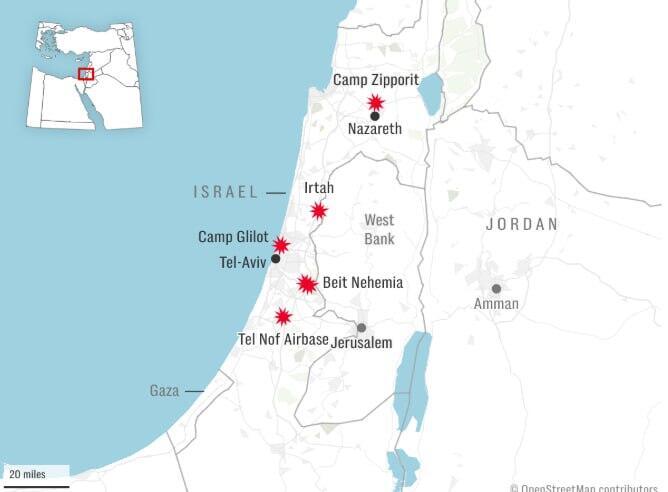At least five Israeli military facilities were directly hit by Iranian missiles during the 12-day war between Tehran and Jerusalem, British newspaper The Telegraph reported Saturday.
Based on radar and satellite data reviewed by Oregon State University researchers and shared with The Telegraph, six Iranian missiles struck military targets across northern, central and southern Israel. The targeted sites included the Camp Zipporit base near Nazareth, Camp Glilot, the Tel Nof airbase, an intelligence collection center and a major logistics facility.
None of the strikes were disclosed by Israeli authorities at the time, likely due to strict military censorship laws governing the publication of sensitive information during wartime. The IDF declined to comment on the report but stated that “all relevant units maintained functional continuity throughout the operation.”
These confirmed impacts are in addition to at least 36 other Iranian missiles that breached Israel’s air defense systems, causing significant damage to residential and industrial buildings. While most Iranian missiles were intercepted, the success rate of Iran’s strikes improved as the war progressed—possibly due to improved launch tactics or the deployment of more advanced missile systems, though experts say the reasons remain unclear.
Satellite data analysis suggests Iran shaped its attack method to overwhelm Israeli defenses, pairing fast missiles with slower drones to divide attention and reduce interception success. Despite the challenges, an estimated 84–87 percent of Iranian missiles were intercepted, according to Israeli, US and external sources.






